Google doodle honours astrophysicist Subrahmanyan Chandrasekhar
Thu 19 Oct 2017, 18:35:06
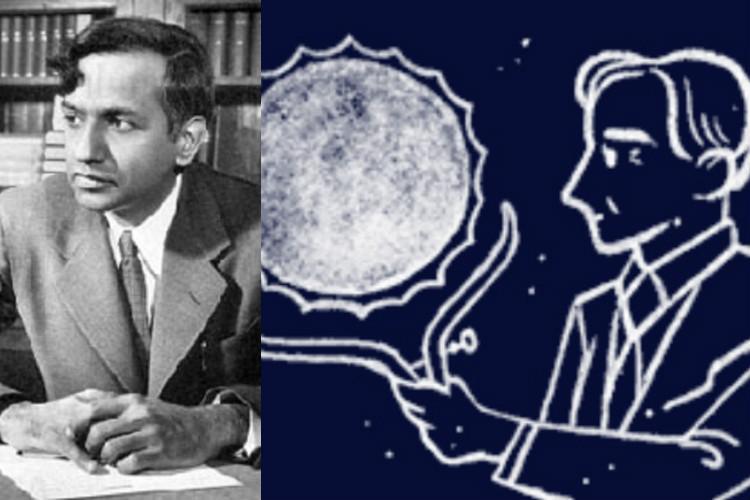
Mumbai: Google on Thursday dedicated a special Doodle to mark the 107th birth anniversary of India-born US scientist Subrahmanyan Chandrasekhar who became the first astrophysicist to win the Nobel Prize for his treatise on the evolution of stars along with Willaim A. Fowler in 1983.
The animated Goodle (Google + Doodle) set against a dark starry backdrop shows a weighing scale in which a dwarf star on one side is trying to overcome the limit of 1.44 on the other – central to what was known as the “Chandrasekhar Limit”.
As a young student, Chandrasekhar authored his first scientific paper, “Thermodynamics of Compton Scattering with reference to the Interior of Stars”.
Later, inspired by Fowler’s works on the stability of White Dwarfs, he studied the final stages of stellar evolution and the fate of a star after its nuclear fuel is exhausted.
He explained that after the star is bereft of its nuclear fuels, an inward gravitational collapse occurs which is normally stopped by the outward pressure exerted by the star’s
highly-compressed and ionized gases.
highly-compressed and ionized gases.
At this stage, the star converts into an extremely dense white dwarf with a peculiarity whereby the greater its mass, the smaller its radius.
This situation excludes massive stars from turning into white dwarfs and Chandrasekhar showed maximum mass of a stable white dwarf star.
His theory, known as “Chandrasekhar Limit”, said the mass of a white dwarf could not exceed 1.44 times that of the sun and his calculations threw new light on Supernovas, Neutron stars and Black Holes.
Born on October 19, 1910 in a Tamil family of Lahore in today’s Pakistan, Chandrasekhar was the nephew of another Indian scientific stalwart and 1920 Nobel laureate, Sir Chandrasekhara Venkata Raman, who is renowned for his work in the area of scattering of light called “Raman Effect”.
Chandrasekhar also contributed to the study of the theory of colliding gravitational waves. Later NASA honoured him by naming its top X-ray observatory as the “Chandra X-ray Observatory”.
No Comments For This Post, Be first to write a Comment.
Most viewed from Specials
Most viewed from World
AIMIM News
Latest Urdu News
Most Viewed
May 26, 2020
Who will win The 2025 ICC Women's Cricket World Cup?
Latest Videos View All
Like Us
Home
About Us
Advertise With Us
All Polls
Epaper Archives
Privacy Policy
Contact Us
Download Etemaad App
© 2025 Etemaad Daily News, All Rights Reserved.



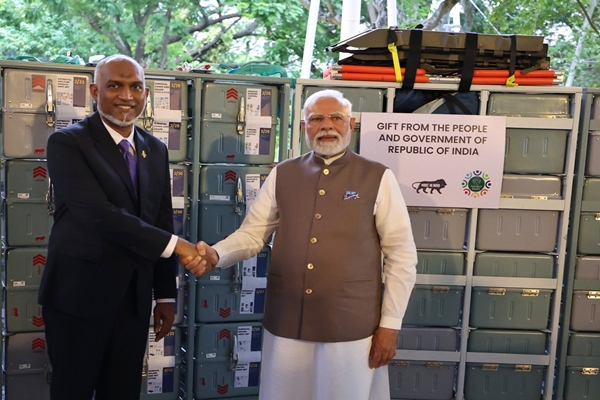




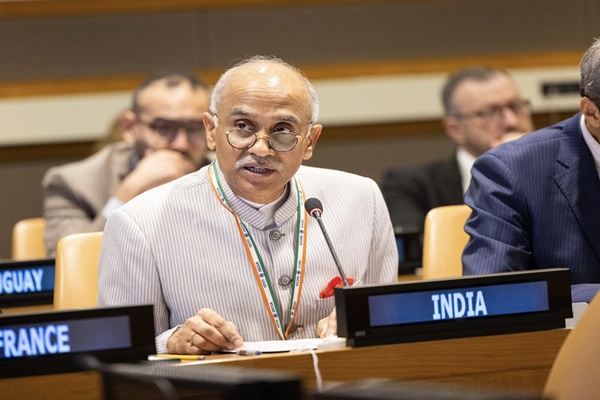
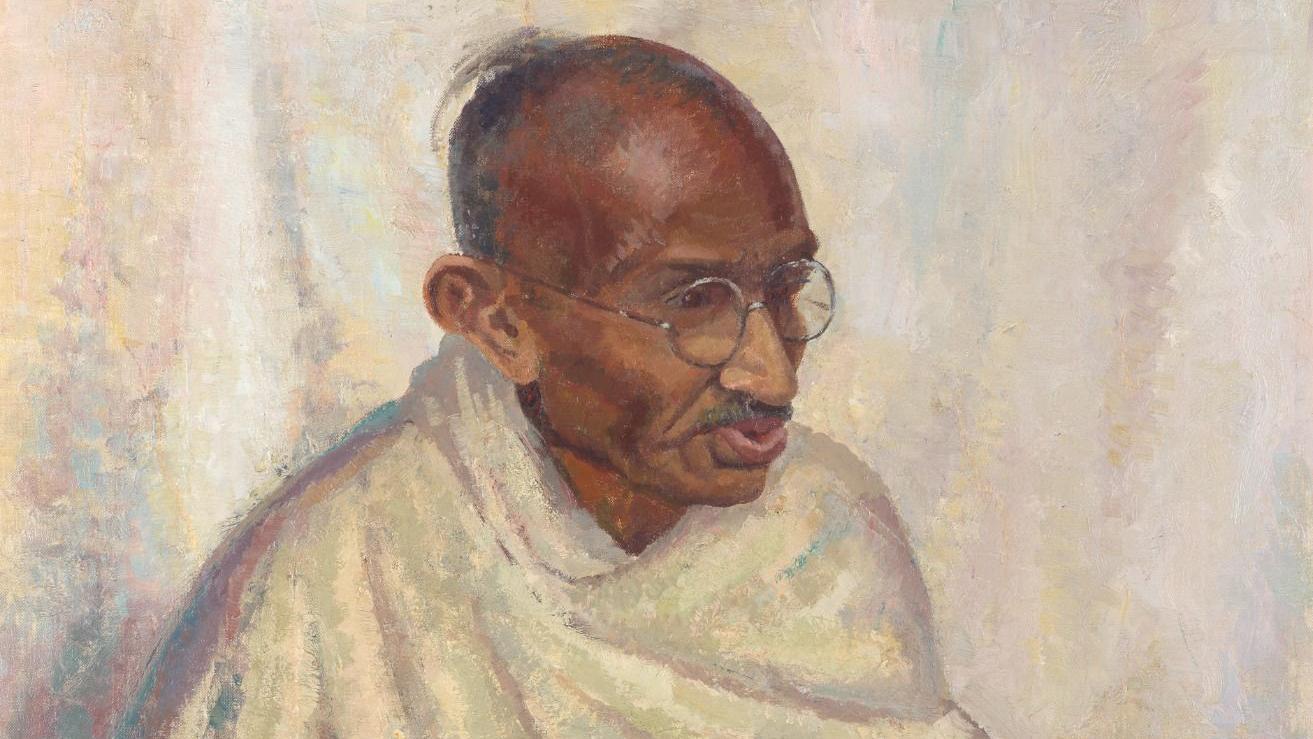












.jpg)
.jpg)
.jpg)







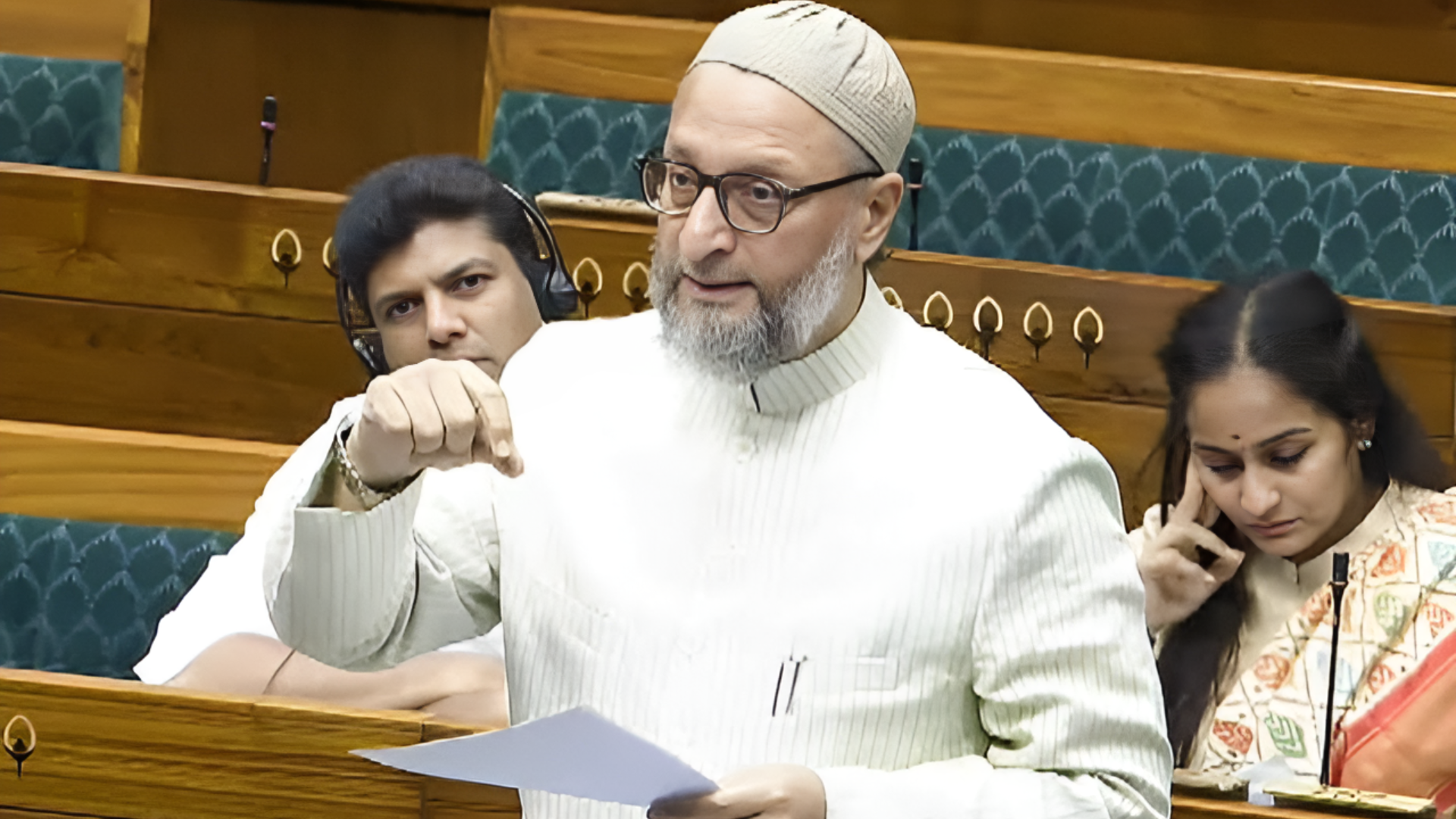




.jpg)
.jpg)
.jpg)


